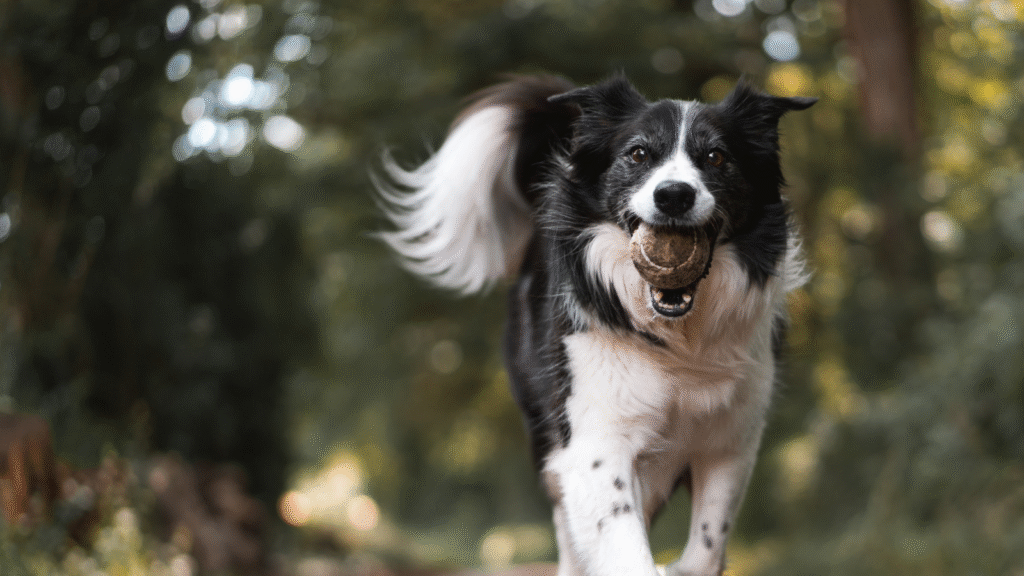It’s easy to assume that as long as you’re feeding quality food, your pet is getting everything they need. However, portion size plays just as big a role as ingredient quality. Our veterinary staff at Club Hill Animal Clinic has seen pets that were gaining weight not because of what they ate, but how much they were eating. Learning how to properly measure your pet’s meals is a simple, effective way to decrease the chance of your pet gaining weight.
Are You Overfeeding Your Pet?
Even a few extra bites per meal can add up to significant weight gain over time for pets. Overfeeding contributes to obesity, digestive issues, joint strain, and even shortened lifespan. Maintaining a healthy weight starts with understanding your pet’s nutritional needs and portion sizes, and adjusting as those needs change with age, activity level, or health status.
You might be overfeeding your pet if there is:
- Difficulty feeling your pet’s ribs
- A rounded or barrel-like body shape
- Leftover food at every meal
- Weight gain despite “normal” activity
- Sluggishness or reluctance to play
If you’ve noticed any of these signs, it may be time to reassess how much and what you’re feeding your animal companion.
How Much Should You Really Be Feeding?
Don’t Rely Solely on the Bag. Pet food packages often offer a wide feeding range based on weight. These are just general guidelines, not personalised advice. For example, a senior dog and a highly active working dog shouldn’t be eating the same number of calories, even if they weigh the same.
Use a Standard Measuring Cup or Scale. “Eyeballing” portions leads to overfeeding more often than not. Always use a level measuring cup, or better yet, a food scale, for precision. Be consistent with who feeds the pet in your home or set a feeding chore schedule to avoid duplicate meals.
Factor in Treats and Extras. Treats should not make up a large portion of your pet’s daily meal. That includes biscuits, table scraps, and dental chews. These add up fast, especially for small dogs or cats.
Adjust for Life Stage and Health. Puppies, kittens, seniors, and pets with specific conditions (like diabetes or kidney disease) often require specific diets and portions. A veterinarian can recommend adjustments based on your pet’s health profile.
Tips for Smarter Pet Food Habits at Home
- Stick to a schedule. Feed at the same time daily to support digestion and hunger cues.
- Avoid free-feeding. Leaving food out all day makes it hard to track intake and encourages overeating.
- Use slow feeders or puzzle bowls. These help prevent gulping and make mealtime more engaging.
- Schedule a nutrition consultation with your veterinarian. They can guide you through choosing appropriate food for your pet, as well as offer weight management for overweight dogs and cats.
Guidance on Pet Food Habits in Garland, TX
Portion control supports your pet’s health and longevity. Club Hill Animal Clinic has nutrition consultations for cats and dogs in Garland, from Rowlett, Mesquite, and surrounding Texas areas. Unsure if you’re feeding your pet the right amount? Book a nutritional assessment with Club Hill Animal Clinic.

